
The representation of the human body has been one of the major themes in the history of art since ancient times.
One cannot overlook the renowned Greek statues portraying impeccably sculpted, hair-perfect and ever young naked men.
Even the church commissioned artworks featuring nudity, such as frescoes and mosaics, to educate the illiterate churchgoers. Initially, nudity symbolized vulnerability and sin, with Adam and Eve being the main examples.
During the Renaissance, Greek nudity underwent a Roman restyling, and both men and women started to be depicted with idealized nude bodies. Botticelli, for instance, painted the graceful Venus, marking the first time a female nude was portrayed without a specific religious context. Another splendid sample of historical nudity is Michelangelo’s marble statue of David, which recently caused a stir when shown to sixth graders in a Florida school. The principal’s belief in the statue’s pivotal role in Renaissance art history even led to her dismissal.
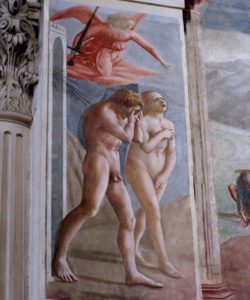
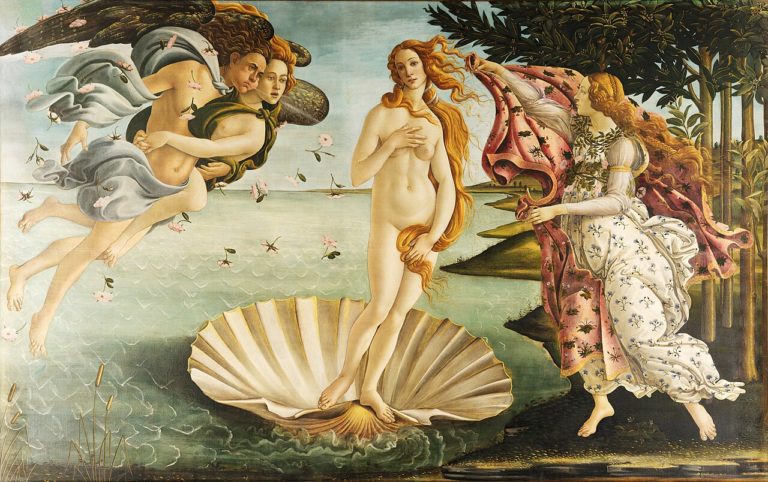
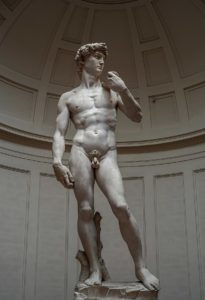
From these remarkable instances of nudity from the Renaissance, we transition into the flamboyant Rococo era, where artistic expression knew no bounds. Freed from constraints and religious considerations, artists embraced eroticism, resulting in bold and provocative displays of nude models.
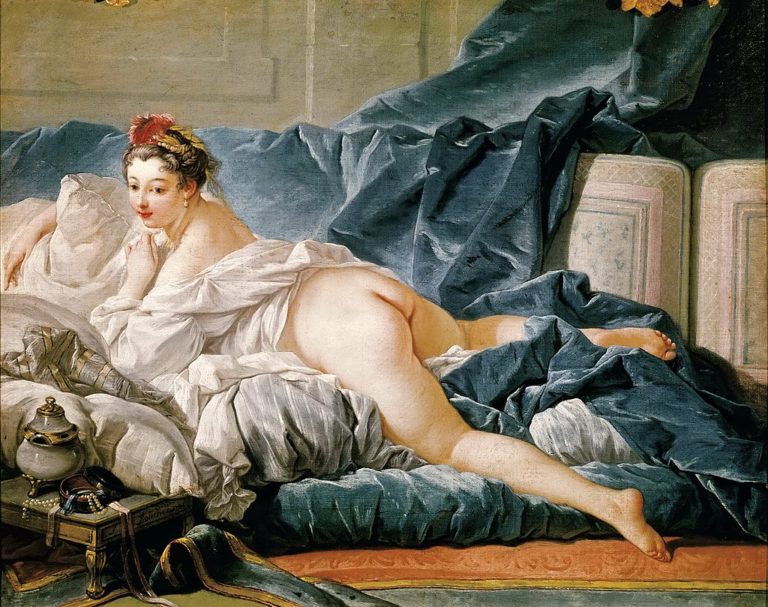
These select examples demonstrate the central place of nudity in the art world, reflecting the zeitgeist of each era. The depiction of nudity has brought fame to some of the world’s greatest artists and remains a subject of both controversy and admiration to this day.
We take pride in featuring two exceptional artists who specialize in creating nude artworks. Marion Cadet skillfully portrays the feminine form using unexpected tools, such as a large brush and black paint.
Our recent collaboration with Jonas Kunickas showcases a blend of classic and contemporary elements, with his art not only focusing on the anatomy of his live models but also on the use of color and shadows to evoke the same emotions and setting that the model released within our artist.

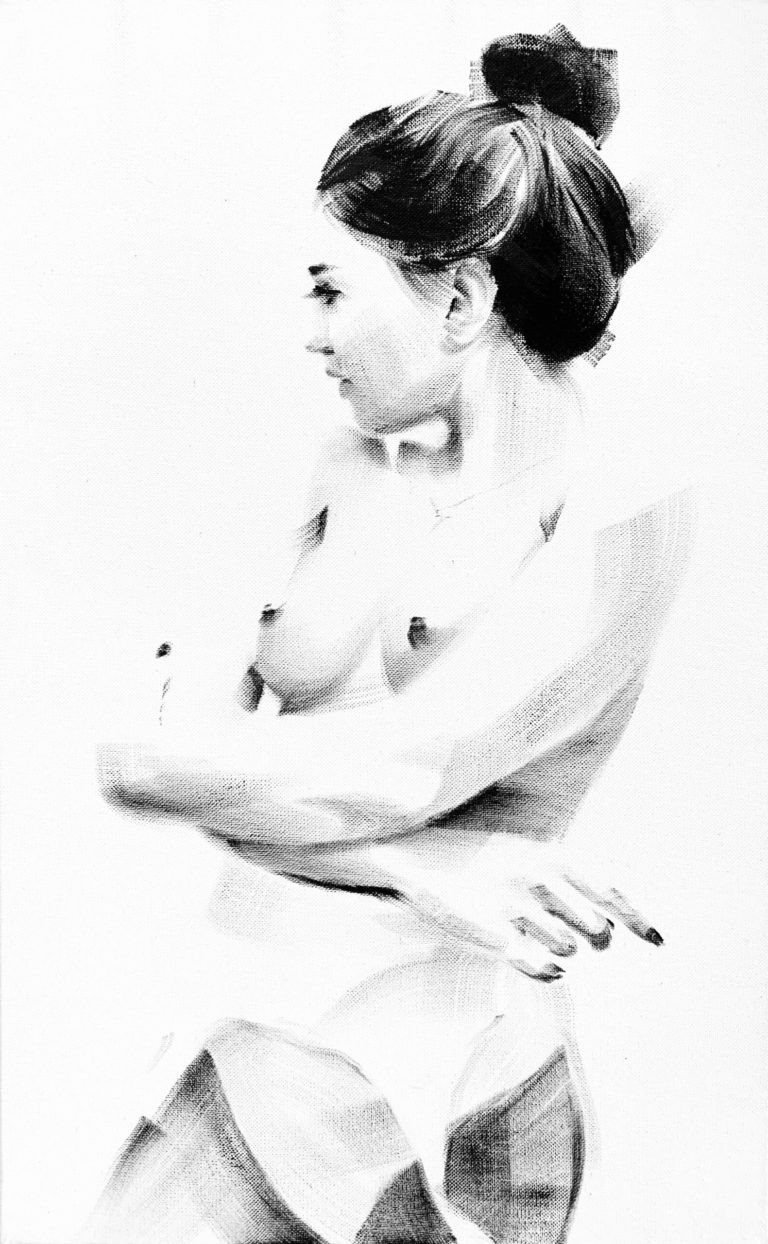
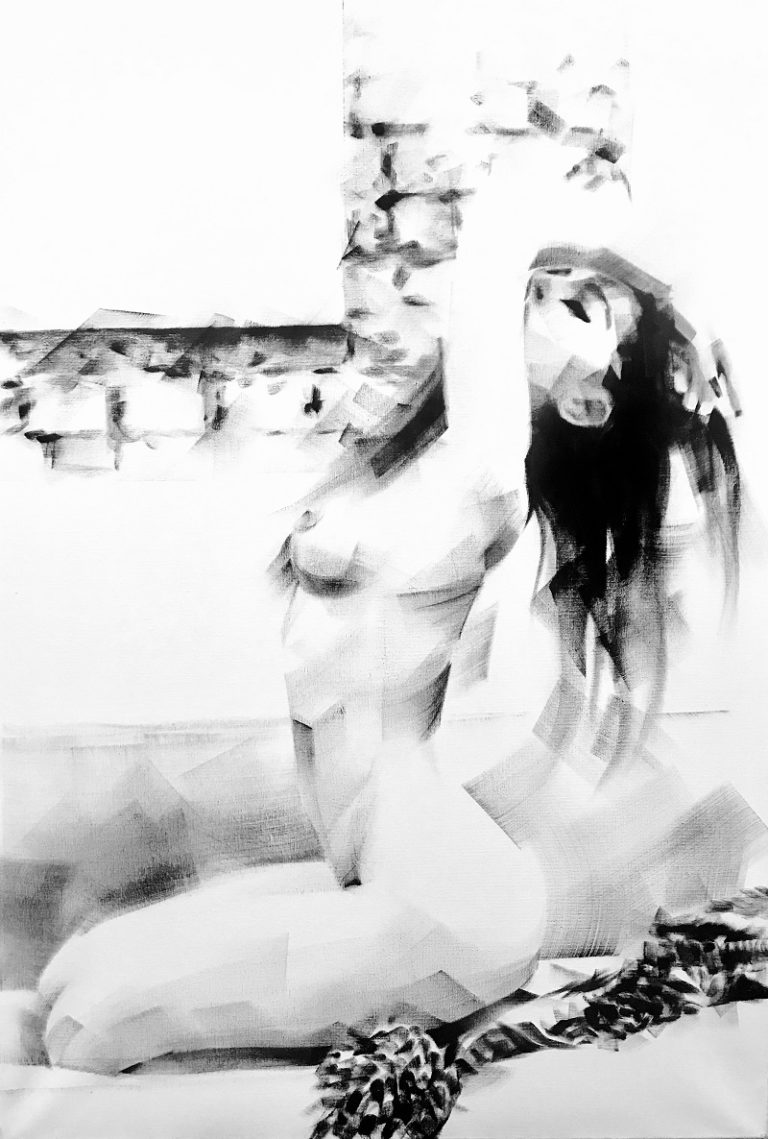
Marion Cadet skillfully portrays the feminine form using unexpected tools, such as a large brush and black paint.



Jonas Kunickas showcases a blend of classic and contemporary elements, with his art not only focusing on the anatomy of his live models but also on the use of color and shadows to evoke the same emotions and setting that the model released within our artist.